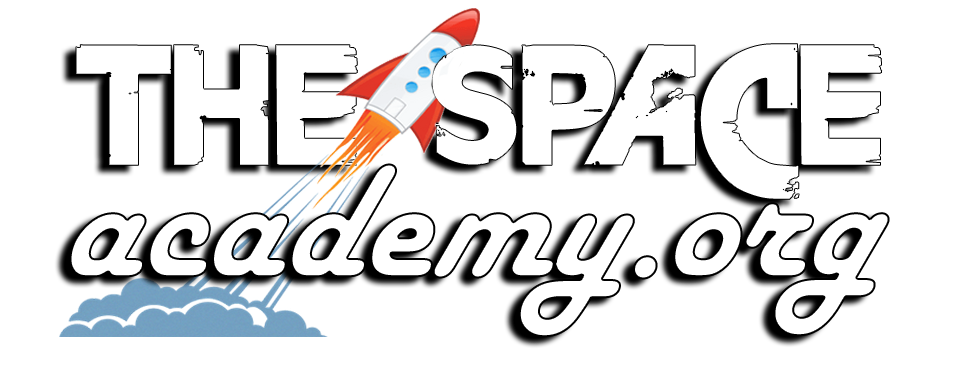The Hubble Space Telescope, a joint venture between NASA and the European Space Agency (ESA), continues to unravel the mysteries of our universe. In its latest feat, it has captured a mesmerizing image of the LEDA 42160 galaxy, situated approximately 52 million light-years away in the constellation Virgo.
At the heart of this captivating image lies a phenomenon known as ram pressure. But what exactly is ram pressure? Essentially, it’s the force exerted by the gas and dust present in space. In the case of LEDA 42160, this intergalactic gas is creating a dynamic effect on the galaxy.
LEDA 42160, classified as a dwarf galaxy, is navigating its way through the dense gas within the Virgo cluster. This cosmic journey is causing ram pressure, which has significant implications for star formation within the galaxy.
Ram pressure can either be a boon or a hindrance for galaxies:
Positive Impact: In some cases, ram pressure compresses gas, leading to enhanced star formation. Bright patches within LEDA 42160’s image may represent areas where stars are actively forming due to this pressure.
Negative Impact: Conversely, ram pressure can strip a galaxy of its essential dust and gas—critical ingredients for star birth. Understanding these effects helps astronomers unravel the complex processes that shape galaxies across the cosmos.
The Hubble Space Telescope, launched in 1991, has been instrumental in confirming theories about the universe’s expansion rate, the age of the cosmos, and the ubiquity of black holes in galaxies. Its recent observations of LEDA 42160 contribute to a broader project examining the effects of ram pressure on dwarf galaxies.
As we continue to explore the vastness of space, each image captured by Hubble adds to our understanding of the cosmos. LEDA 42160 serves as a testament to the intricate interplay between cosmic forces and the birth of stars in distant galaxies.
Reference: NASA

